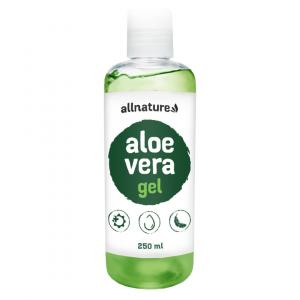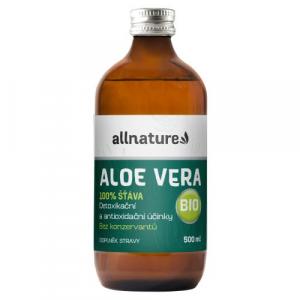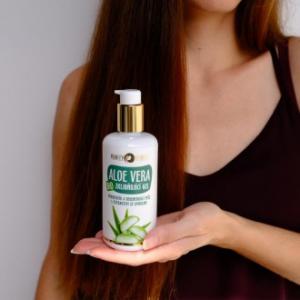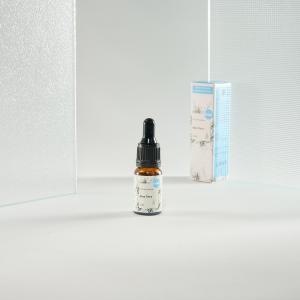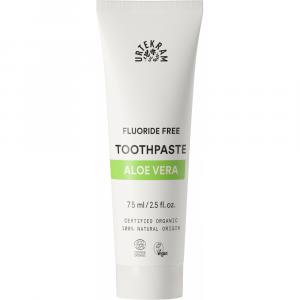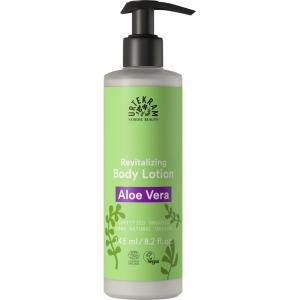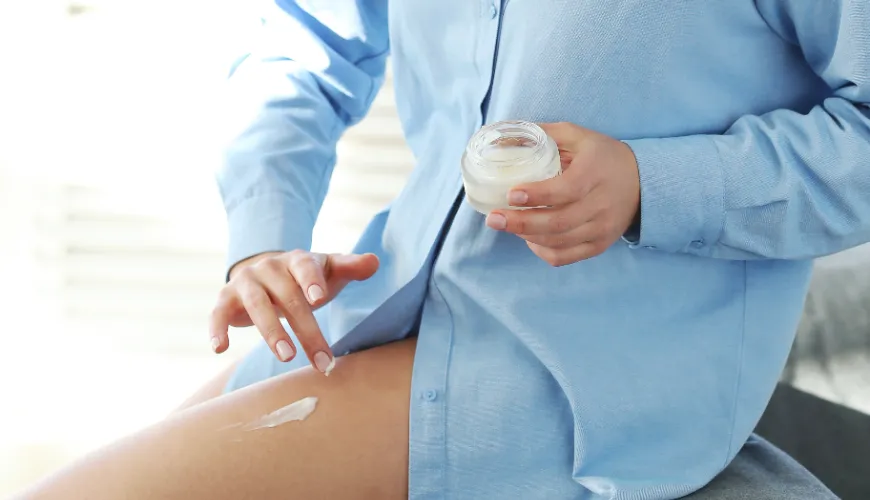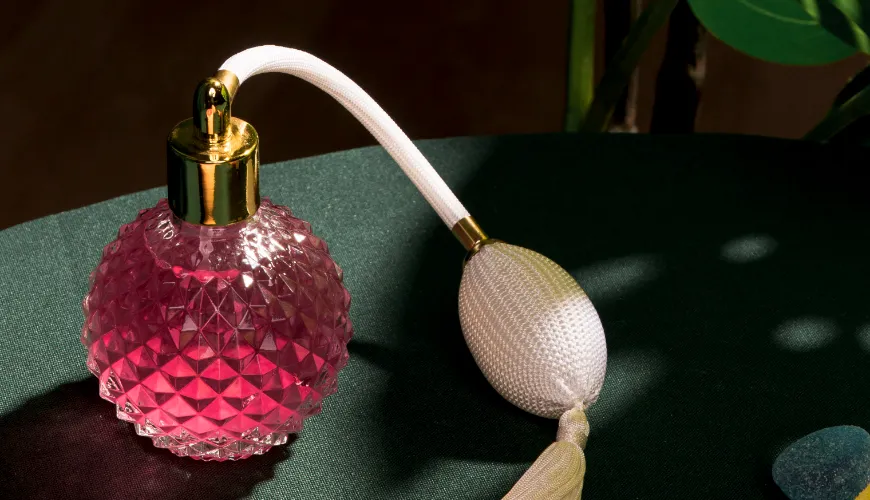
Grandmother's tips for vitiligo can bring a smile back to your face
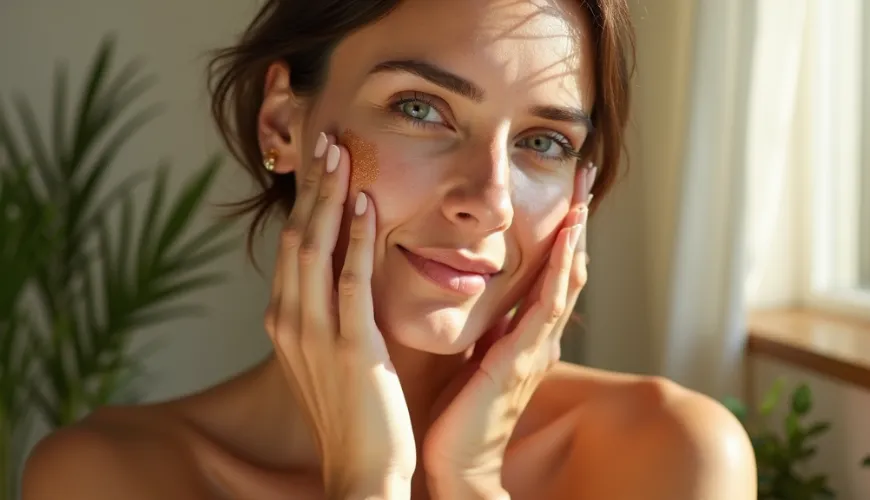
Vitiligo and Natural Ways to Support Healthy Skin
Vitiligo. A word that may not sound dramatic, but for those living with it, it signifies a visible and often mentally challenging change. It is an autoimmune condition where the cells responsible for pigment production (melanocytes) stop functioning or completely disappear. The result is lighter patches on the skin, sometimes even on hair or around the eyes. Although medicine does not yet offer a definitive cure, many people turn to natural methods and so-called home remedies for vitiligo, which have been passed down through generations. And even though scientific support for these methods may be limited, some approaches make sense—at least in promoting a healthy lifestyle and skin care.
What is Vitiligo and Why Does it Occur?
The exact cause of vitiligo is not fully known, but experts agree that genetics, autoimmune reactions, and stress play a role. The condition affects 0.5 to 2% of the world's population and can appear in childhood or adulthood. For many people, vitiligo is not just a matter of physical appearance—it can affect self-confidence, social interactions, and overall quality of life.
While dermatologists often offer phototherapy, corticosteroids, or surgical procedures, more and more people are seeking gentler, more natural pathways. This is where folk wisdom and traditional healing come into play.
Home Remedies for Vitiligo
Home remedies are not a universal cure but often contain deep knowledge of nature and principles that modern science is gradually confirming. In the case of vitiligo, they focus on supporting pigmentation, boosting immunity, and calming inflammatory processes.
- Black Seed Oil (Nigella sativa)
Black seed, also known as black cumin, has been used since ancient Egypt. The oil from its seeds is rich in antioxidants and has anti-inflammatory effects. Some smaller studies suggest that regular use of black seed oil may contribute to a slight restoration of pigment in vitiligo, especially when combined with mild sun exposure. Home remedies often recommend applying the oil to the spots several times a week, ideally after bathing when the skin is more receptive.
- Juice from Basil Leaves and Lime Juice
This unusual combination has its roots in Ayurvedic medicine. Basil promotes blood circulation in the skin and has antibacterial properties, while lime juice contains vitamin C, which is important for collagen production and overall skin renewal. According to traditional recipes, the mixture should be applied twice a day to affected areas, with results appearing after several months—highlighting the importance of patience and regularity, typical of home remedies.
- Ginger as an Internal and External Aid
Ginger has been used for centuries as a natural circulatory stimulant. For vitiligo, both drinking fresh ginger tea and applying ginger slices to the spots are recommended. This approach may support microcirculation and the skin's natural regenerative mechanisms.
One common advice is: "Grate fresh ginger, apply it to the spot, and let it sit for ten minutes. Do this daily for a month." Although not a miraculous cure, regular use can bring subtle improvement and, most importantly, strengthen belief in natural renewal.
- Turmeric and Mustard Oil
A mixture of turmeric powder and mustard oil is popular in Indian folk medicine. Turmeric is known for its anti-inflammatory and antioxidant effects, while mustard oil warms and promotes blood circulation. Traditional recipes recommend mixing two tablespoons of turmeric with four tablespoons of mustard oil and applying the paste to affected areas twice a day. Results may be noticeable after several weeks.
Besides these specific recipes, there are other natural approaches focusing more on overall body balance rather than the spots themselves.
Diet as the Basis of Healthy Skin
According to many home remedies, skin health reflects the internal state of the body. People with vitiligo are often encouraged to include foods rich in antioxidants, vitamin B12, zinc, copper, or folic acid. All these are substances that can affect skin health and proper immune system function.
An example of Mrs. Alena from Brno, who has been dealing with vitiligo for over ten years, shows how important diet can be. "When I eliminated processed foods and started eating more vegetables, nuts, and whole grains, not only did my skin condition improve, but also my digestion and fatigue. The spots didn't disappear, but I feel they are no longer spreading," she says. Her experience illustrates that a holistic approach can bring positive changes even where medicine struggles.
Connection Between Mind and Skin
Stress is often mentioned as a trigger or aggravating factor for vitiligo. It is no coincidence that traditional folk medicine emphasized not only herbs and applications but also peace of mind, adequate sleep, and regular exercise. Meditation, yoga, or walks in nature can have more benefits than it might seem at first glance.
Psychodermatology, a field at the intersection of psychology and dermatology, confirms that the state of the skin is closely linked to mental health. This is doubly true for vitiligo. Supporting psychological well-being can reduce autoimmune reactions and contribute to slower disease progression.
Calendula Ointment and Aloe Vera
People with vitiligo often suffer from dry or irritated skin. Natural ointments and gels, such as calendula ointment or aloe vera, can help soothe and hydrate the skin. Calendula has traditionally been used for healing wounds and minor skin issues, while aloe vera is valued for its cooling and regenerative effects.
These remedies may not cure vitiligo but can be useful as part of daily care, especially for those avoiding synthetic creams or corticosteroids.
Try our natural products
Sun as a Remedy and Risk
Moderate sun exposure can support pigment production in some people with vitiligo. However, caution is essential—the affected areas are very sensitive to UV radiation and can burn easily. Home remedies often recommend a "sun bath" early in the morning or late in the evening when the sun is weaker, and only for a limited time.
A quote from an old herbalist's diary says: "The sun heals but does not forgive. If you offer it a finger, it can burn the whole hand." Moderation and listening to one's body are key principles that permeate most traditional approaches.
Trust in the Body's Natural Rhythm
Vitiligo is a condition that cannot be "cured overnight." Although home remedies are not miraculous, they often bring something modern medicine overlooks—respect for individuality, patience, and belief in natural renewal. Whether it's a ginger wrap, a cup of herbal tea, or a peaceful walk in the woods, every step towards harmony of body and mind makes sense.
In times when people are increasingly turning to nature and seeking ways to live sustainably and healthily, home remedies hold their firm place. They are not a substitute for medical care but can be a valuable complement—a bridge between modern knowledge and the wisdom of our ancestors.
